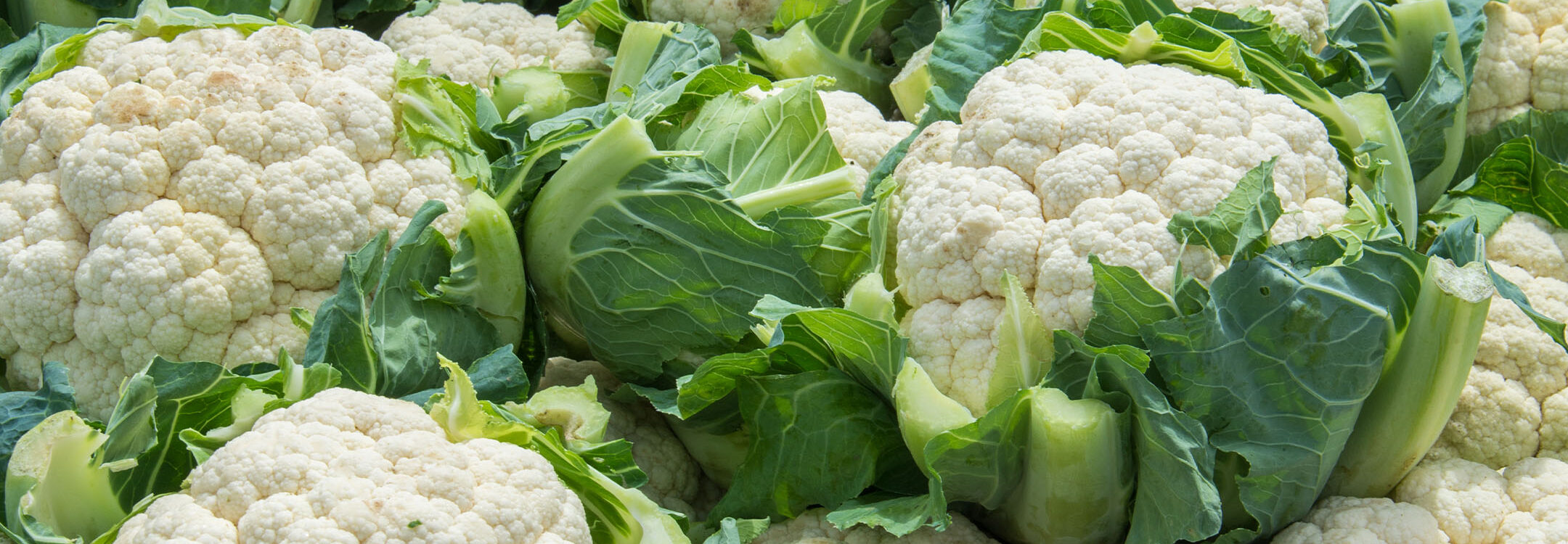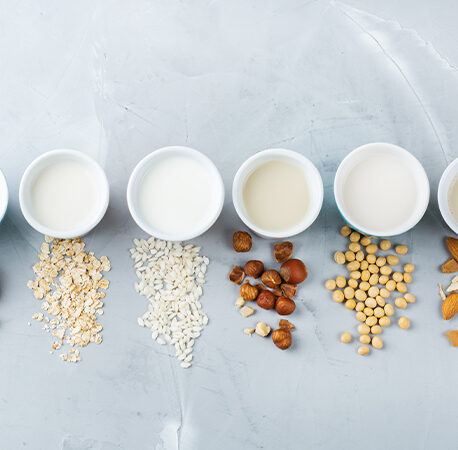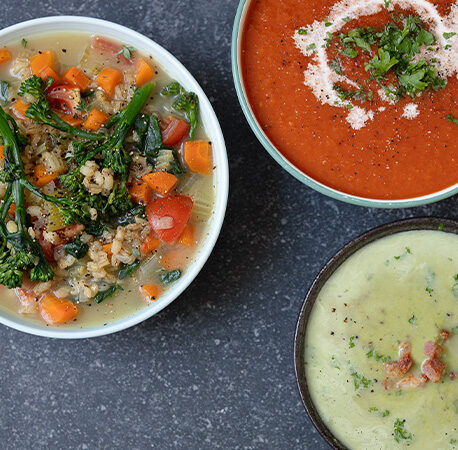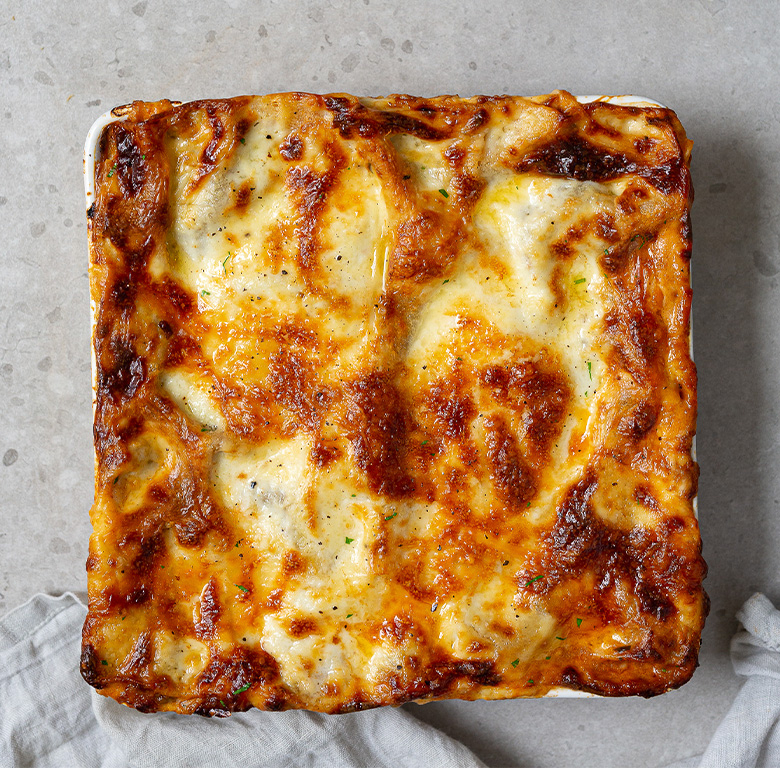Tips from the Easy Food Test Kitchen:
- Buying: Look for cauliflower with a creamy white colour free of blemishes, browning or wet spots. The head should feel heavy for its size, and its leaves should be vibrant. If the cauliflower has a strong smell, it’s past its prime.
- Storing: Most supermarket cauliflower comes wrapped in plastic, which can trap moisture and encourage rot. When you get it home, unwrap it and transfer to a loose plastic bag, with a few sheets of kitchen paper tucked in to absorb excess moisture.
- Cooking: Cauliflower can be steamed or boiled, but it will retain more nutrients if roasted, stir-fried or sautéed. It also works well in curries, soups and stews.
- Don’t discard the stalk and leaves! : They’re edible and tasty, and can easily be included in soups, stews or stir-fries. They also make a delicious snack when roasted with a little olive oil and salt and pepper.
History bites:
- Cauliflower originated in the Mediterranean and was associated with the island of Cyprus throughout the Middle Ages. It was introduced into Western Europe in the 12th and 13th centuries, and became a favourite accompaniment to meat dishes in 16th century France, especially in the court of Louis XIV.
Did you know?
- While we may usually think of cauliflower as white, it also comes in green, purple and orange varieties.
Reap the benefits
- One 110g serving of cauliflower has 2g of fibre, and is also an excellent source of vitamin C, vitamin K, folate and vitamin B, as well as supplying calcium, magnesium and omega 3 fatty acids.






You have to be signed in to comment this post.